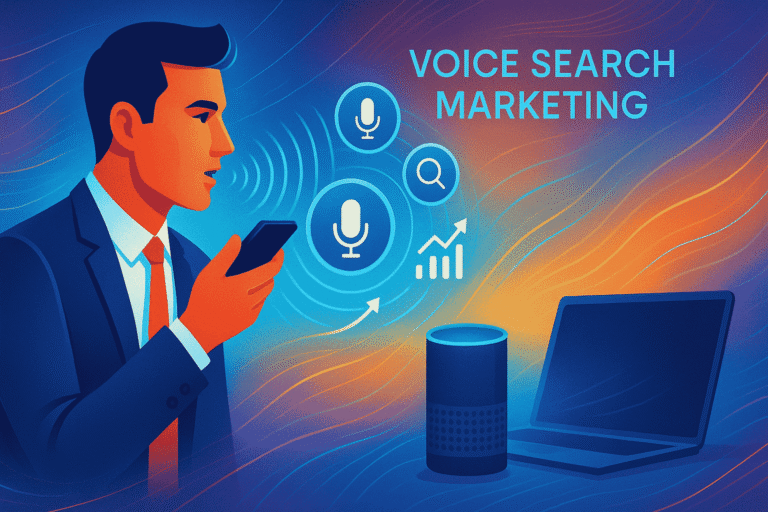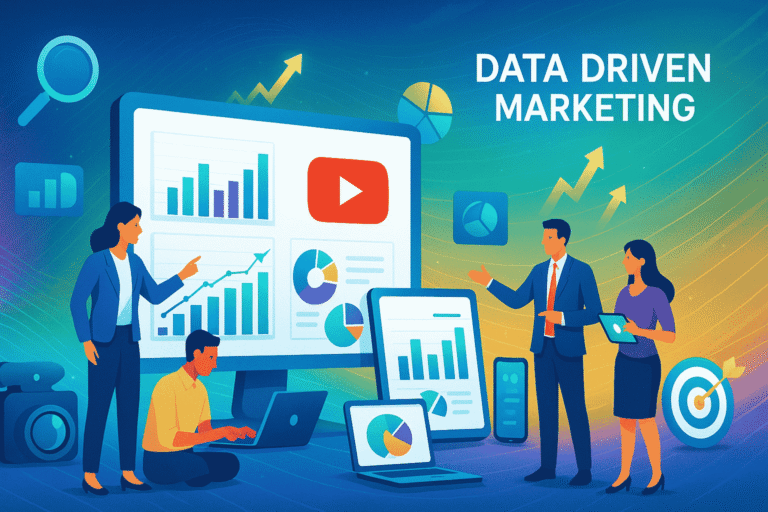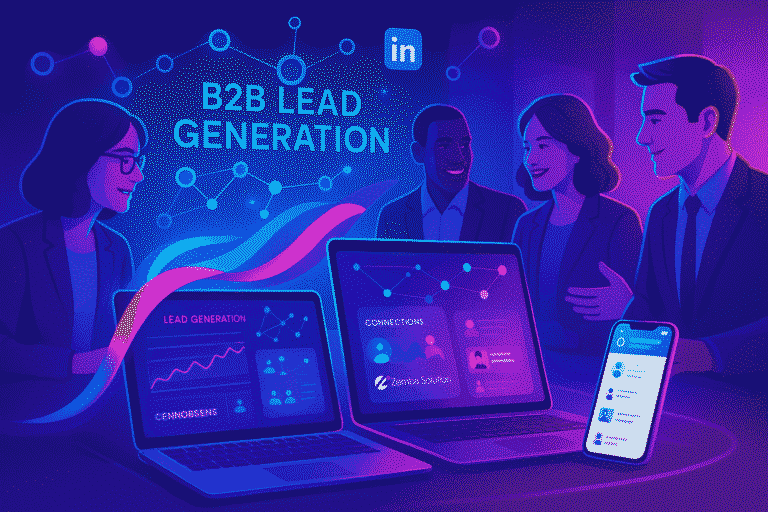Chatbots in digital marketing are no longer a futuristic concept—they’re a must-have for brands that want to boost customer engagement, streamline support, and drive conversions in 2025. As conversational marketing becomes the new standard, businesses that leverage chatbots are seeing higher satisfaction, more leads, and better ROI.
This in-depth guide will show you how chatbots in digital marketing and conversational marketing can transform your customer experience, with actionable strategies, real-world examples, and the latest best practices for success.
What Are Chatbots in Digital Marketing?
Chatbots in digital marketing are AI-powered or rule-based software programs that simulate human conversation with users on websites, social media, messaging apps, and more. They can answer questions, guide users, collect leads, and even close sales—all in real time.
Chatbots are a core part of conversational marketing, which focuses on two-way, personalized communication between brands and customers. Instead of static forms or waiting for email replies, chatbots in digital marketing provide instant, interactive experiences that keep users engaged.
Key features of chatbots in digital marketing:
- 24/7 availability
- Instant responses to customer queries
- Personalized recommendations
- Lead qualification and nurturing
- Integration with CRM and marketing tools
How to Humanize Chatbots in Digital Marketing
One of the most common concerns about chatbots in digital marketing is that they can feel robotic or impersonal. However, with the right approach, you can humanize your chatbot and create a memorable, engaging experience for your customers.
1. Give Your Chatbot a Personality
Start by defining your chatbot’s tone and style. Should it be friendly and casual, or formal and professional? Give your chatbot a name and a unique voice that matches your brand. For example, a playful e-commerce brand might use emojis and humor, while a financial services chatbot should be more formal and reassuring.
2. Use Natural Language
Modern chatbots in digital marketing leverage natural language processing (NLP) to understand and respond to user queries in a conversational way. Avoid jargon and canned responses. Instead, use simple, clear language and vary your responses to make interactions feel more authentic.
3. Personalize Every Interaction
Personalization is a key advantage of chatbots in digital marketing. Use data from previous interactions, purchase history, or user profiles to greet customers by name, remember their preferences, and offer relevant recommendations. The more personalized the experience, the higher the engagement and satisfaction.
4. Show Empathy and Understanding
Train your chatbot to recognize and respond to emotions. If a customer is frustrated, the chatbot should acknowledge their feelings and offer to escalate the issue to a human agent. Empathy builds trust and can turn a negative experience into a positive one.
5. Seamless Human Handoffs
No chatbot can handle every situation. Make it easy for users to connect with a real person when needed. Clearly display options like “Talk to an agent” or “Request a callback.” This ensures that complex or sensitive issues are handled with care.
The Role of Chatbots in Omnichannel Digital Marketing
In 2025, customers interact with brands across multiple channels—websites, social media, email, SMS, and more. Chatbots in digital marketing are the glue that connects these touchpoints, providing a seamless, consistent experience.
1. Unified Customer Profiles
Integrate your chatbot with your CRM and marketing automation tools to create unified customer profiles. This allows you to track interactions across channels and deliver personalized experiences at every stage of the customer journey.
2. Consistent Messaging
Ensure your chatbot delivers consistent messaging, offers, and support across all platforms. Whether a customer starts a conversation on your website and continues it on Facebook Messenger, the experience should be seamless.
3. Cross-Channel Engagement
Use chatbots to re-engage customers who drop off at different stages. For example, if a user abandons their cart on your website, your chatbot can follow up with a reminder via email or SMS.
4. Data-Driven Insights
Analyze chatbot conversations to identify common questions, pain points, and opportunities for improvement. Use these insights to refine your marketing strategy, update your FAQs, and create new content that addresses customer needs.
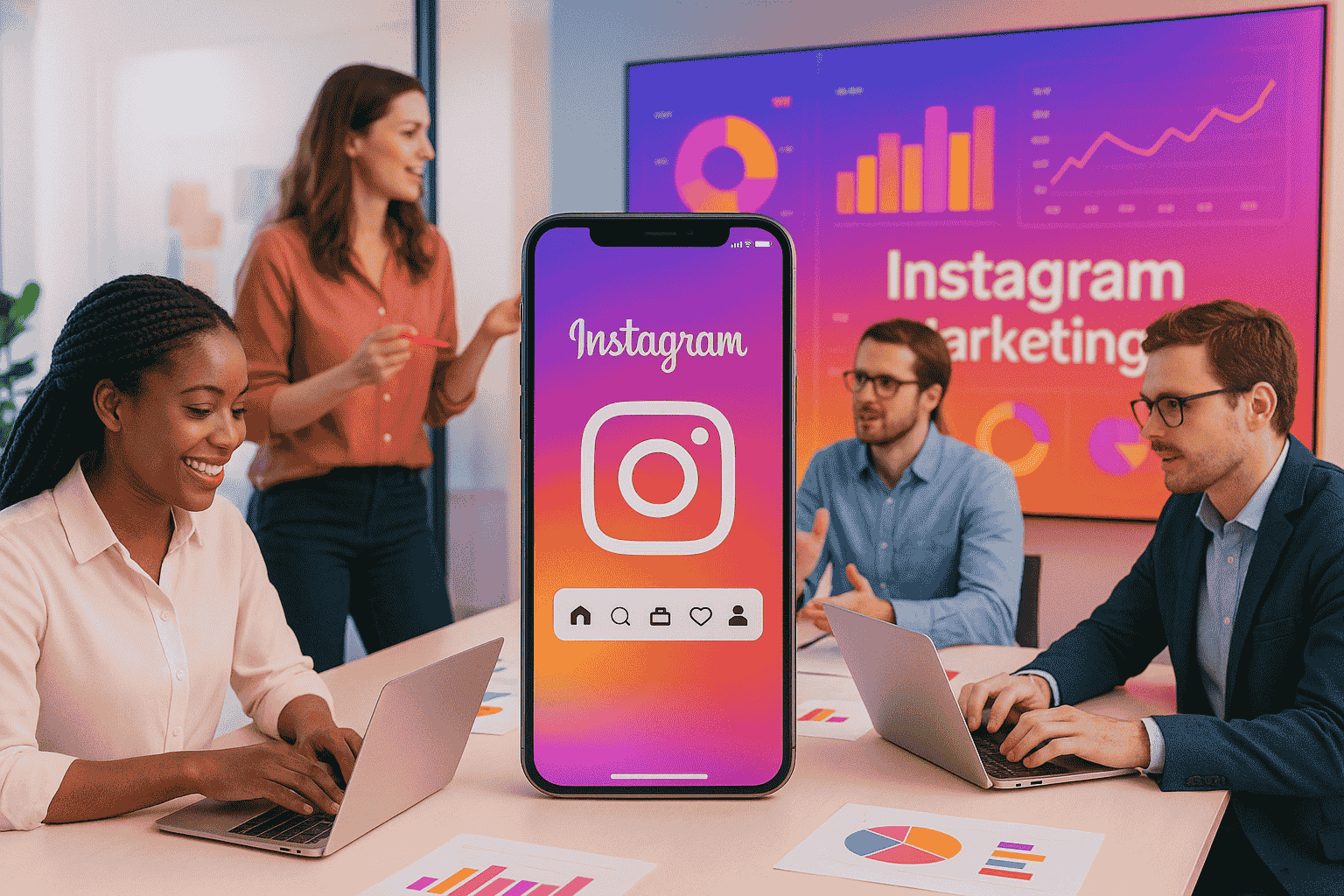
The Ethical Side of Chatbots in Digital Marketing
As chatbots become more advanced, ethical considerations are increasingly important. Here’s how to ensure your chatbot strategy is responsible and customer-centric:
1. Transparency
Always let users know when they’re interacting with a chatbot. Be clear about what the bot can and cannot do, and provide an easy way to reach a human if needed.
2. Data Privacy
Collect only the data you need, and be transparent about how it will be used. Comply with privacy regulations like GDPR and CCPA, and give users control over their information.
3. Accessibility
Design your chatbot to be accessible to all users, including those with disabilities. Use clear language, provide text alternatives for images, and ensure compatibility with screen readers.
4. Avoid Manipulation
Don’t use chatbots to pressure users into making purchases or sharing personal information. Focus on providing value and building trust.
Preparing for the Next Wave: AI and Chatbots in Digital Marketing
The future of chatbots in digital marketing is bright. As artificial intelligence continues to evolve, expect to see:
- Smarter Bots: AI-powered chatbots that can handle complex conversations, understand context, and learn from every interaction.
- Voice and Visual Chatbots: Bots that can process voice commands, images, and even video, making interactions more natural and intuitive.
- Hyper-Personalization: Chatbots that use real-time data to deliver offers, content, and support tailored to each individual.
- Integration with IoT: Chatbots that connect with smart devices, enabling new use cases in retail, healthcare, and beyond.
Action Step:
Stay ahead by experimenting with new chatbot features, keeping up with AI trends, and always putting your customers’ needs first.
Why Chatbots in Digital Marketing Matter in 2025
The digital customer journey is more complex than ever. Here’s why chatbots in digital marketing are essential:
- Instant Gratification: Customers expect immediate answers—chatbots deliver.
- Scalability: Handle thousands of conversations at once, without extra staff.
- Personalization: Use data to tailor responses and offers.
- Cost Savings: Reduce support costs and free up human agents for complex issues.
- Lead Generation: Qualify and nurture leads automatically.
- Omnichannel Presence: Engage users on websites, Facebook Messenger, WhatsApp, Instagram, and more.
According to Salesforce, 69% of consumers prefer chatbots for quick communication with brands, and businesses using chatbots see a 30% increase in lead conversion rates.
7 Ways Chatbots and Conversational Marketing Boost Engagement
1. 24/7 Customer Support
Chatbots in digital marketing never sleep. They provide instant answers to FAQs, order tracking, and troubleshooting—anytime, anywhere. This boosts customer satisfaction and reduces frustration.
Example:
An e-commerce store uses a chatbot to answer product questions and process returns, even outside business hours.
2. Personalized Recommendations
Chatbots can analyze user data and behavior to suggest products, services, or content tailored to each visitor. This level of personalization increases engagement and sales.
Example:
A SaaS company’s chatbot recommends the best plan based on a user’s business size and needs.
3. Lead Generation and Qualification
Chatbots in digital marketing can ask qualifying questions, collect contact info, and segment leads automatically. They can even book meetings or demos with your sales team.
Example:
A B2B agency’s chatbot asks visitors about their budget and goals, then routes hot leads to a sales rep.
4. Conversational Landing Pages
Replace static forms with interactive chatbots that guide users through the conversion process. This reduces friction and increases form completion rates.
Example:
A webinar signup page uses a chatbot to collect attendee info and answer questions in real time.
5. Nurturing and Follow-Up
Chatbots can send follow-up messages, reminders, and personalized content to keep leads engaged throughout the buyer’s journey.
Example:
A real estate chatbot follows up with property recommendations based on a user’s preferences.
6. Social Media Engagement
Chatbots in digital marketing can respond to messages on Facebook, Instagram, and WhatsApp, turning social followers into leads and customers.
Example:
A restaurant’s Facebook Messenger bot takes reservations, answers menu questions, and sends special offers.
7. Feedback and Surveys
Chatbots make it easy to collect feedback, reviews, and survey responses—helping you improve your products and customer experience.
Example:
After a purchase, a chatbot asks for a quick rating and review, boosting your social proof.
The Psychology Behind Chatbots in Digital Marketing
Understanding why chatbots in digital marketing work so well requires a look at human psychology. Today’s customers expect instant gratification, personalized experiences, and seamless interactions. Chatbots deliver on all three fronts:
- Instant Response: People are more likely to engage with brands that answer immediately. Chatbots in digital marketing eliminate wait times, reducing frustration and increasing satisfaction.
- Conversational Flow: Chatbots mimic natural conversation, making users feel heard and understood. This conversational marketing approach builds trust and rapport.
- Personalization: By using data and context, chatbots in digital marketing can greet users by name, remember preferences, and recommend relevant products or content.
The Role of Empathy in Chatbot Design
Modern chatbots in digital marketing are being trained to recognize sentiment and respond empathetically. For example, if a customer expresses frustration, the chatbot can acknowledge their feelings and escalate the issue to a human agent. This blend of automation and empathy is key to boosting customer engagement.
How Chatbots Work: The Technology Behind the Conversation
Chatbots in digital marketing use a mix of technologies:
- Rule-Based Chatbots: Follow pre-set scripts and decision trees. Great for FAQs and simple tasks.
- AI-Powered Chatbots: Use natural language processing (NLP) and machine learning to understand context, intent, and provide more human-like responses.
- Hybrid Chatbots: Combine rules and AI for flexibility and accuracy.
Key integrations:
- CRM systems (HubSpot, Salesforce)
- Email marketing tools
- E-commerce platforms (Shopify, WooCommerce)
- Analytics and reporting dashboards
Pro Tip:
Choose a chatbot platform that integrates with your existing marketing stack for seamless automation.
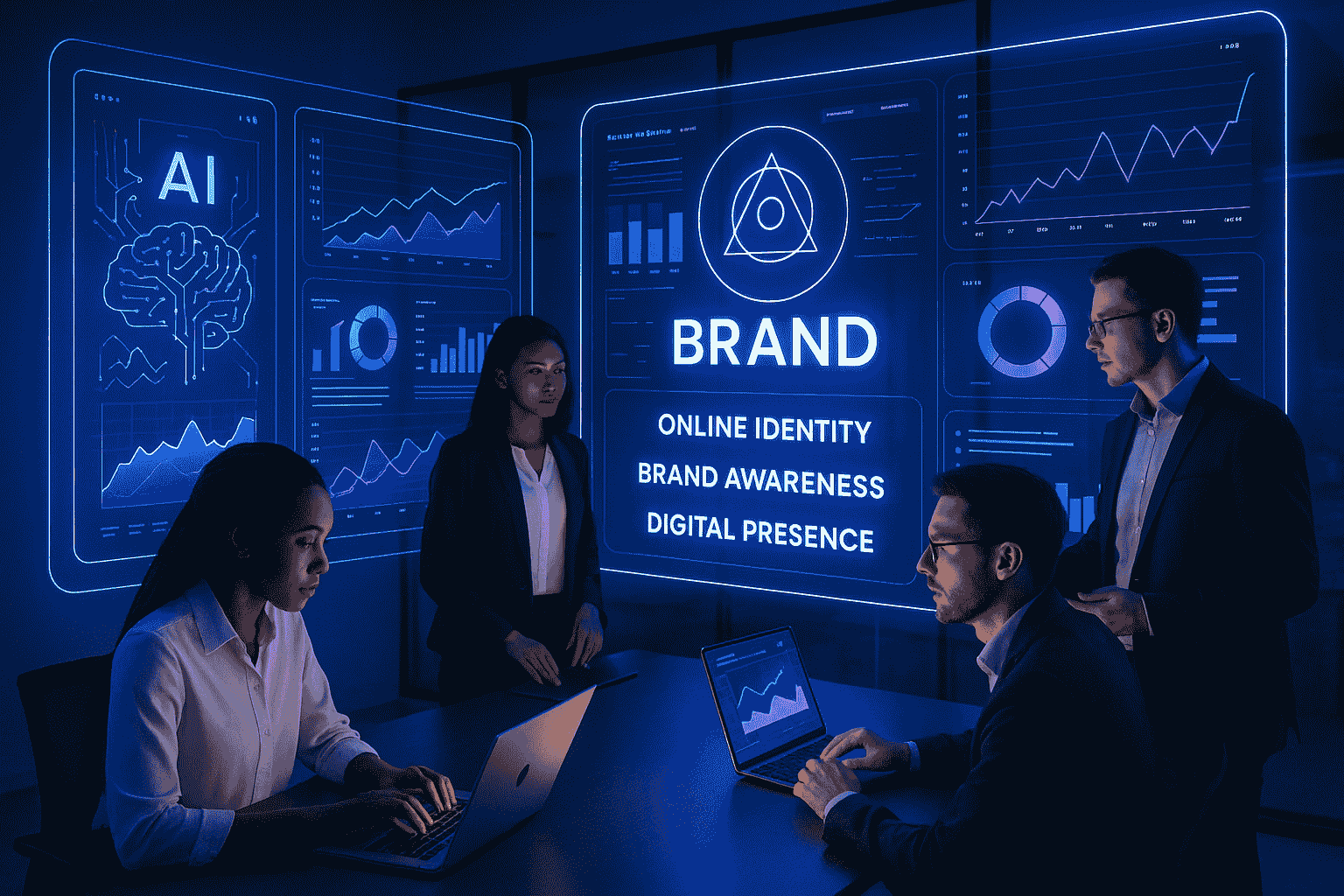
Types of Chatbots in Digital Marketing
1. Website Chatbots
Live on your website, answer questions, collect leads, and guide users to the right page or product.
2. Social Media Chatbots
Engage users on Facebook Messenger, Instagram, WhatsApp, and more. Great for customer service, promotions, and lead generation.
3. E-commerce Chatbots
Help users find products, check order status, and complete purchases directly in chat.
4. Support Chatbots
Handle common support queries, troubleshoot issues, and escalate complex cases to human agents.
5. Voice Assistants
Chatbots that work with voice platforms like Alexa, Google Assistant, and Siri.
6. SMS and Messaging App Bots
Reach customers via SMS, Telegram, Slack, and other messaging platforms.
Building a Chatbot Strategy: From Planning to Launch
1. Define Your Goals
Before implementing chatbots in digital marketing, clarify your objectives:
- Do you want to reduce support tickets?
- Increase lead generation?
- Boost sales or bookings?
- Improve customer satisfaction?
2. Map the Customer Journey
Identify where chatbots can add the most value:
- Homepage: Greet visitors and answer FAQs.
- Product pages: Recommend products and handle objections.
- Checkout: Assist with payment issues or upsell.
- Post-purchase: Collect feedback and offer support.
3. Choose the Right Chatbot Platform
Consider your needs, budget, and technical skills. Some popular options for chatbots in digital marketing include:
- Drift: Best for B2B conversational marketing.
- Intercom: Great for support and engagement.
- ManyChat: Ideal for Facebook Messenger and Instagram.
- Tidio: User-friendly for small businesses.
4. Design Conversational Flows
Map out scripts for common scenarios. Use a friendly, brand-aligned tone. Include options for users to reach a human agent if needed.
5. Test and Iterate
Launch your chatbot in beta, gather feedback, and refine scripts. Monitor analytics to identify drop-off points and improve the user experience.
Conversational Marketing Strategies for Business Growth
Conversational marketing is about building relationships, not just transactions. Here’s how to use chatbots in digital marketing to drive business growth:
1. Map the Customer Journey
Identify key touchpoints where chatbots can add value—homepage, product pages, checkout, support, etc.
2. Personalize Every Interaction
Use data (location, behavior, purchase history) to tailor chatbot responses and offers.
3. Qualify and Segment Leads
Ask smart questions to segment users and route them to the right funnel or sales rep.
4. Integrate with Live Chat
Let users switch to a human agent when needed for complex or high-value conversations.
5. Use Conversational CTAs
Replace “Submit” buttons with questions like “How can I help you today?” or “Ready to book a demo?”
6. Automate Follow-Ups
Set up chatbot sequences to nurture leads, send reminders, and re-engage inactive users.
7. Measure and Optimize
Track engagement, conversion rates, and customer satisfaction to refine your chatbot strategy.
Chatbots in Digital Marketing: Best Practices for Implementation
- Start Simple: Launch with a basic FAQ or lead gen bot, then expand features.
- Be Transparent: Let users know they’re chatting with a bot, and offer a way to reach a human.
- Keep It Conversational: Use natural language, emojis, and a friendly tone.
- Test and Iterate: Regularly review chatbot conversations and update scripts for clarity and accuracy.
- Integrate with CRM: Sync chatbot data with your CRM for seamless lead management.
- Ensure Privacy and Compliance: Follow GDPR and data protection laws.
- Monitor Performance: Use analytics to track usage, satisfaction, and ROI.
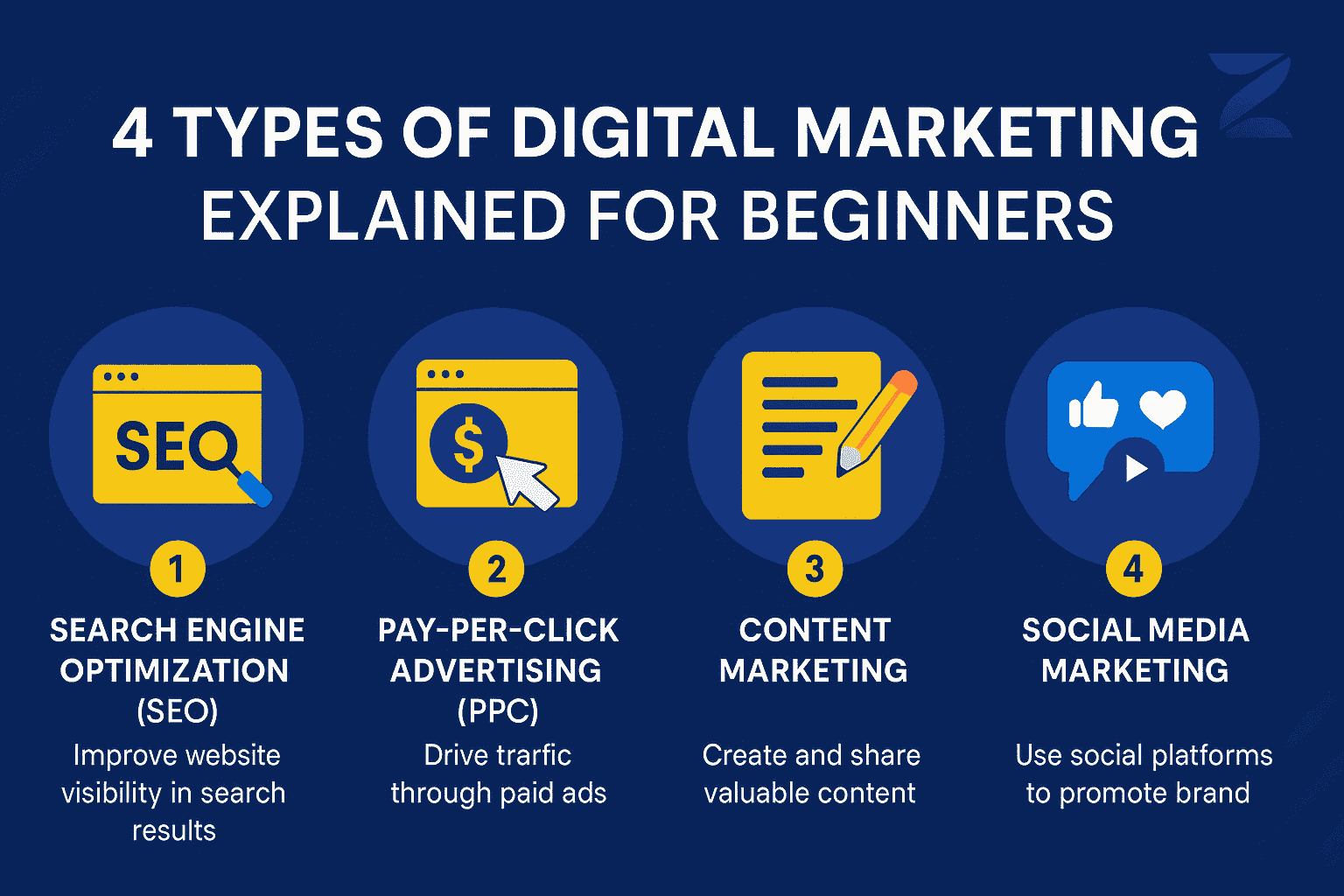
Measuring Success: Analytics for Chatbots in Digital Marketing
Key metrics to track:
- Number of conversations started
- Lead conversion rate
- Average response time
- Customer satisfaction (CSAT) scores
- Drop-off points in conversations
- Sales or bookings generated via chatbot
Pro Tip:
Use A/B testing to compare different chatbot scripts, CTAs, and flows for maximum impact.
Common Mistakes with Chatbots in Digital Marketing
- Overcomplicating the Bot: Start simple and expand as you learn.
- Ignoring Human Handoffs: Always offer a way to reach a real person.
- Not Updating Scripts: Regularly review and improve chatbot conversations.
- Lack of Personalization: Use data to make interactions relevant.
- Forgetting Mobile Users: Ensure your chatbot works seamlessly on all devices.
- Not Measuring Results: Track KPIs and optimize for better performance.
Case Studies: Chatbots in Digital Marketing Success Stories
1. E-commerce Brand: 40% Increase in Sales
A fashion retailer implemented a chatbot on their website to answer product questions and recommend outfits. The result? A 40% increase in sales and a 30% reduction in support tickets.
2. B2B SaaS: 3x More Qualified Leads
A SaaS company used a chatbot to qualify website visitors and book demos. Their sales team received 3x more qualified leads and cut response time from hours to seconds.
3. Healthcare Provider: 24/7 Patient Support
A healthcare provider launched a chatbot to answer FAQs, schedule appointments, and provide COVID-19 updates. Patient satisfaction scores soared, and call center volume dropped by 50%.
4. Real Estate Agency: Higher Engagement
A real estate agency’s Facebook Messenger bot answered property questions, scheduled viewings, and sent follow-ups. Engagement rates doubled, and the agency closed more deals.
5. Restaurant Chain: Boosted Reservations
A restaurant chain used chatbots on Instagram and WhatsApp to take reservations, share menus, and send special offers. Online bookings increased by 60%.
Advanced Chatbot and Conversational Marketing Trends for 2025
- AI-Powered Personalization: Chatbots use machine learning to predict user needs and offer tailored solutions.
- Voice and Multimodal Bots: Integrate voice, text, and images for richer conversations.
- Proactive Chatbots: Bots that initiate conversations based on user behavior (e.g., exit intent, cart abandonment).
- Integration with AR/VR: Chatbots guide users through virtual showrooms or product demos.
- Multilingual Support: Serve global audiences with chatbots that speak multiple languages.
- Conversational Commerce: Complete purchases, upsells, and cross-sells directly in chat.
- Emotion Recognition: Advanced bots detect user sentiment and adjust responses accordingly.
Chatbots in Digital Marketing for Different Industries
E-commerce
- Product recommendations
- Order tracking and returns
- Abandoned cart recovery
B2B Services
- Lead qualification and meeting booking
- Content delivery (whitepapers, case studies)
- Event registration
Healthcare
- Appointment scheduling
- Symptom checking
- Patient follow-up
Real Estate
- Property search and recommendations
- Scheduling viewings
- Mortgage pre-qualification
Education
- Course recommendations
- Enrollment assistance
- Student support
Hospitality
- Booking and reservations
- Concierge services
- Guest feedback
Top Chatbot Tools and Platforms for Digital Marketing
- Drift: Conversational marketing and sales bots
- Intercom: Customer support and engagement
- ManyChat: Facebook Messenger and Instagram bots
- Chatfuel: No-code chatbot builder for social media
- Tidio: Live chat and chatbot for websites
- HubSpot Chatbot Builder: Integrated with HubSpot CRM
- MobileMonkey: Multi-platform chatbot marketing
- Zendesk Answer Bot: AI-powered support automation
The Future of Chatbots in Digital Marketing
As AI and NLP (natural language processing) advance, chatbots in digital marketing will become even more human-like, proactive, and valuable. Expect to see:
- Deeper integration with AR/VR for immersive experiences.
- Chatbots as brand ambassadors, not just support agents.
- Hyper-personalized conversations based on real-time data.
- Seamless handoffs between bots and humans for complex queries.
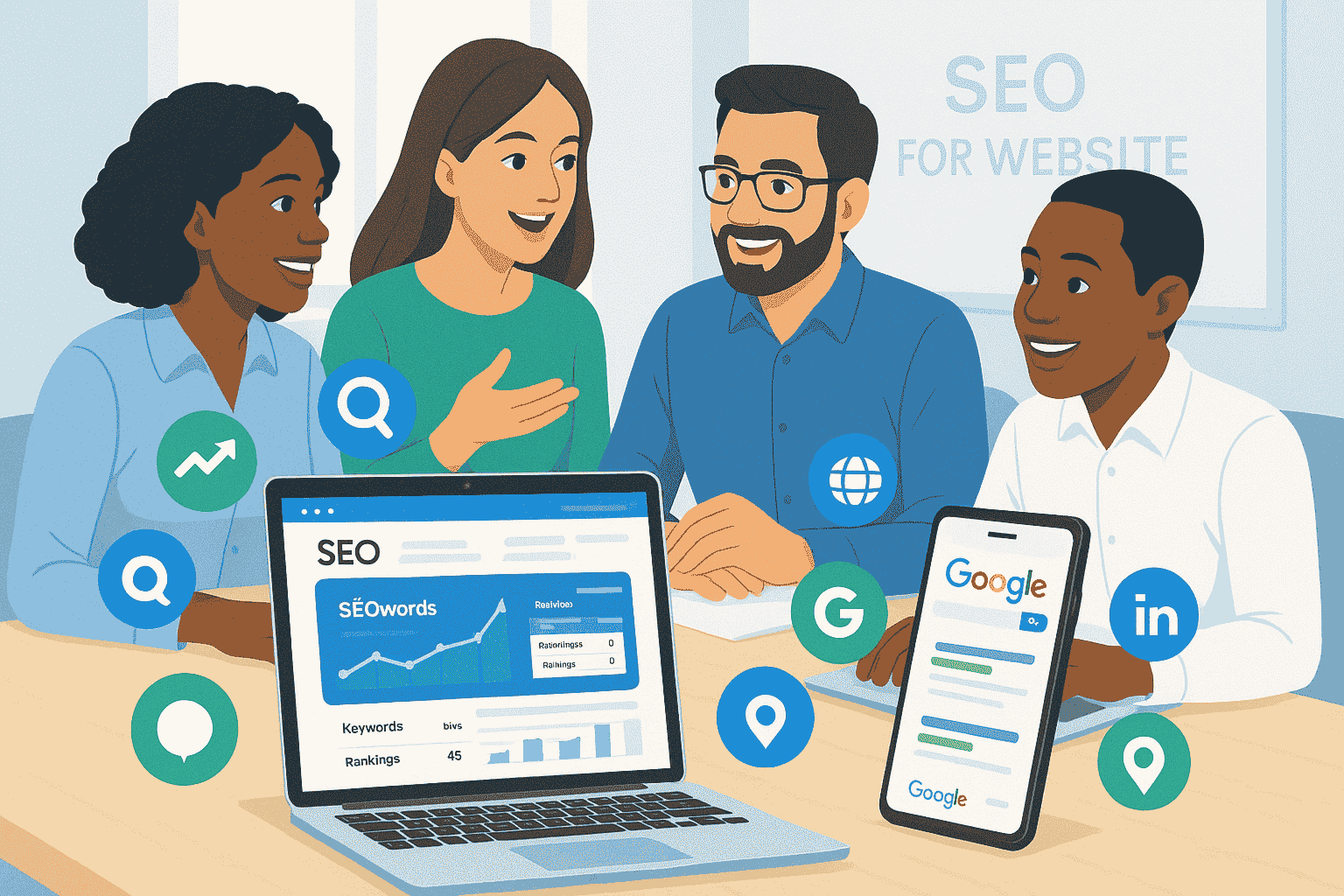
Action Plan: Getting Started with Chatbots in Digital Marketing
- Audit your customer journey to identify where chatbots can add value.
- Choose a chatbot platform that fits your needs and budget.
- Map out conversational flows for key scenarios (support, sales, lead gen).
- Integrate with your CRM and marketing tools for seamless automation.
- Launch, test, and iterate based on user feedback and analytics.
- Stay updated on chatbot and conversational marketing trends.
Final Thoughts
Chatbots in digital marketing are transforming how businesses engage, support, and convert customers. By embracing conversational marketing, you can deliver instant, personalized experiences that drive loyalty and growth. Start small, learn fast, and scale your chatbot strategy as you see results.
Frequently Asked Questions
Q: Are chatbots in digital marketing expensive to implement?
A: Many chatbot platforms offer affordable plans, and the ROI from increased engagement and sales often outweighs the cost.
Q: Can chatbots replace human customer service?
A: Chatbots handle routine queries, but human agents are still needed for complex or sensitive issues.
Q: How do I measure chatbot success?
A: Track metrics like conversations started, leads generated, conversion rates, and customer satisfaction.
Q: What’s the best chatbot platform for small businesses?
A: Tools like ManyChat, Tidio, and Chatfuel are user-friendly and budget-friendly for small businesses.
Q: Can chatbots work on social media?
A: Yes! Chatbots can engage users on Facebook Messenger, Instagram, WhatsApp, and more.
Further Reading
- Salesforce: Chatbots and Customer Experience
- HubSpot: Conversational Marketing Guide
- Drift: What is Conversational Marketing?
- Neil Patel: Chatbots in Digital Marketing
Need Help Elevating Your Digital Brand?
Ready to implement a future-ready brand strategy? Our expert team specializes in crafting compelling online identities that convert browsers into believers.
👉 Contact Us Today for a free 15-minute consultation.


